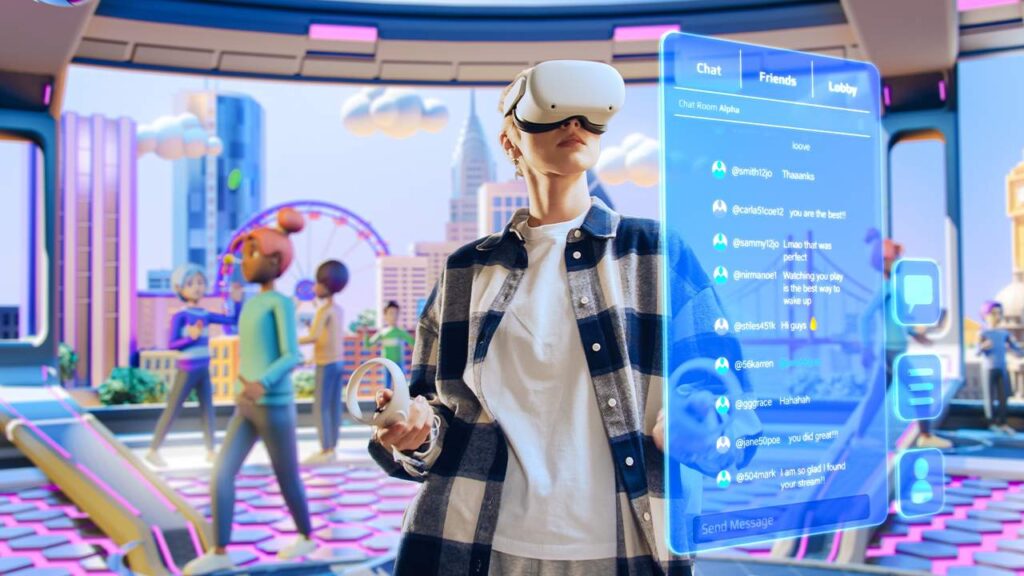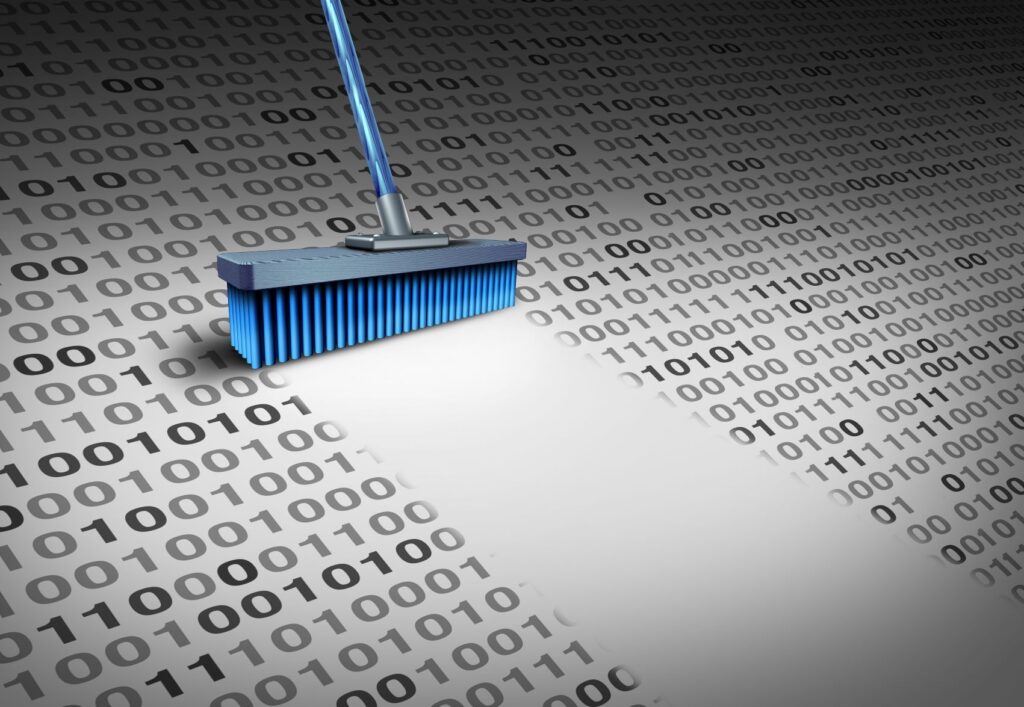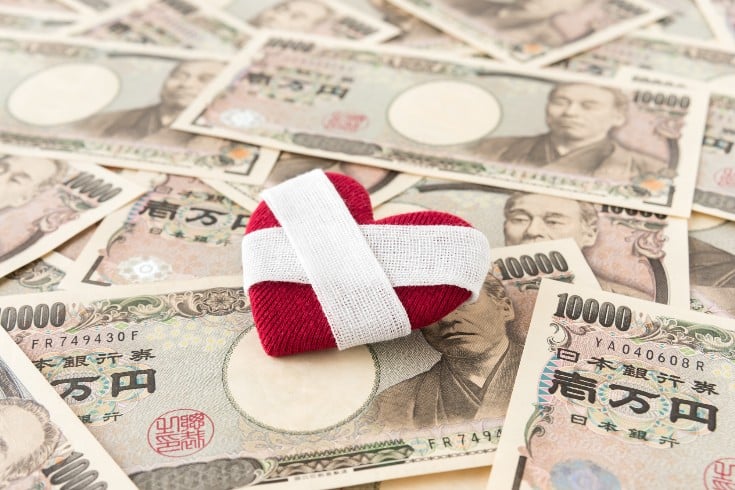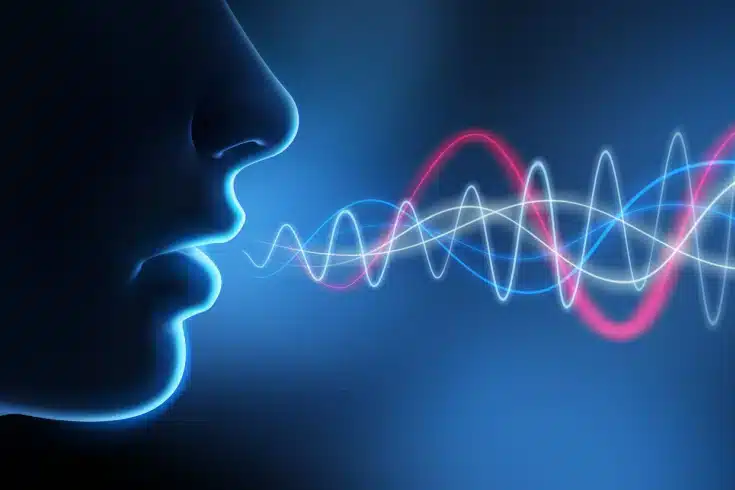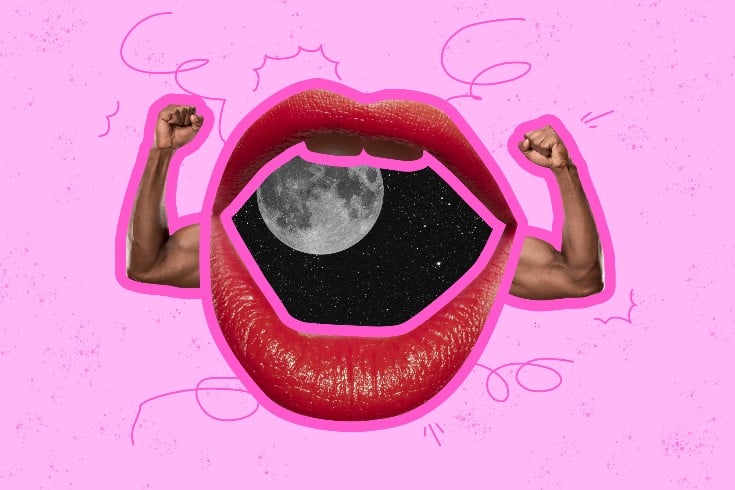Is Choreography for Dance Considered a 'Work of Authorship'? ~Explaining the Precedents~

With the revision of the Course of Study in 2008 (Heisei 20), dance became a compulsory subject for the first and second years of junior high school, and it also became an elective for the third year.
While expressive physical activities have always been compulsory in elementary schools, the introduction of dance education in junior high schools is expected to increase the population of dancers.
Furthermore, “dance cover” videos are becoming popular on video streaming sites. However, this will likely increase the importance of copyright issues related to dance.
School Education and Dance
In school education, dance is divided into three types. The school selects one of these to teach to the students. The three types are as follows:
- Creative Dance
- Folk Dance
- Dance with Contemporary Rhythms
In the “Leaflet for Dance Instruction” published by the Japanese Ministry of Education, Culture, Sports, Science and Technology, it is stated that for “Dance with Contemporary Rhythms”, examples of “rhythm and movement” include “dancing by capturing the characteristics of rhythms such as rock and hip-hop”.
While the difficulty level is higher compared to “Creative Dance” and “Folk Dance”, the dream of “dancing like the dancers seen on TV” will likely increase the motivation to learn dance.
So, are these dance steps and their combinations, known as choreography, protected as copyrighted works?
Dance and Copyright
Copyright refers to the rights that protect creative works.
According to Article 2, Paragraph 1, Item 1 of the Japanese Copyright Law, a work is defined as “something that creatively expresses thoughts or feelings and belongs to the realm of literature, academia, art, or music.”
Furthermore, Article 10, Paragraph 1 provides examples of works, and Item 3 mentions “works of dance or pantomime,” suggesting that dance choreography can be considered as “dance.”
In fact, there have been court cases affirming the copyrightability of ballet (Tokyo District Court, November 20, 1998) and Japanese traditional dance (Fukuoka High Court, December 26, 2002).
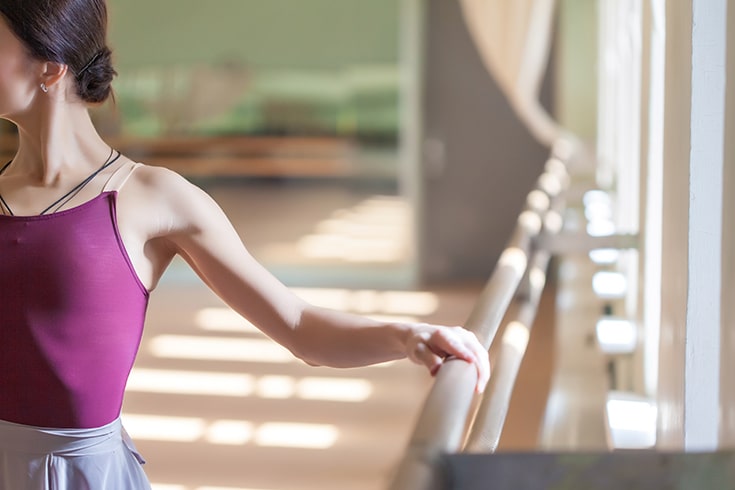
However, not all choreography is recognized as a work.
For example, the choreography of the children’s song “Twinkle Twinkle Little Star” was denied copyrightability in a court case, as it was deemed a common expression that anyone could think of to represent a twinkling star by rotating both wrists in time with the lyrics (Tokyo District Court, August 28, 2009).
From here, let’s consider the points that determine whether something is recognized as a work by looking at several examples.
Examples Not Recognized as Works
There was a case where a choreographer, who devised the dance choreography used in the dance scenes of the movie “Shall We Dance?” and instructed the dancers, claimed that his copyright (reproduction rights, performance rights, public transmission rights, and distribution rights) related to the dance choreography was infringed by the movie company’s secondary use, such as the sale and rental of videos and broadcasting on TV, and demanded compensation for damages (Tokyo District Court, February 28, 2012).
The main issue in dispute was whether the dance choreography of the movie had copyrightability.
The choreographer argued that social dance has many basic steps, and choreography is the extraction and combination of these basic steps, where creativity is applied. Therefore, the choreography in question has originality and creativity, and he is the copyright holder of the choreography.
In response, the court stated,
Social dance is essentially danced by freely combining existing steps such as basic steps and PV steps listed in “Popular Variations,” and these existing steps are very short and common in social dance, so they are not recognized as having copyrightability.
Furthermore, the court stated,
Adding arrangements to the elements of basic steps is also commonly done, and considering that basic steps are very short and common, even if arrangements are added to the basic steps, those that can recognize the basic steps that became the target of the arrangement are common within the scope of basic steps and are not recognized as having copyrightability. To consider social dance choreography as a work, it must have originality, such as having a prominent feature that does not just stay as a combination of existing steps.
If the originality of choreography is relaxed and copyrightability is recognized if there are any features in the combination, copyright would be established for countless choreographies with only slight differences.
This could result in the monopolization by specific individuals and could excessively restrict the freedom of choreography, which is a concern.
Examples Recognized as Works
There was a case where an American woman, who is one of the “Kumu Hula,” meaning a recognized instructor as a hula dance tradition bearer, claimed that her self-created choreography had been used without permission and her copyright had been infringed, and she demanded the hula dance school operating organization to stop performing, etc. (Osaka District Court, September 20, 2018).
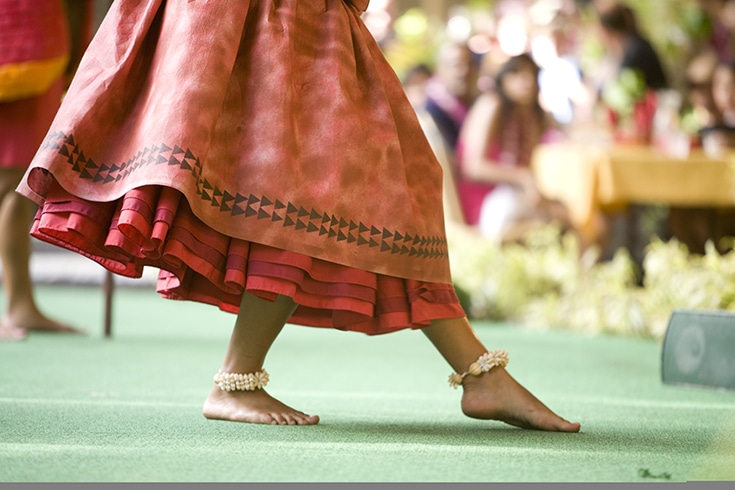
The plaintiff argued,
She started teaching in Japan in the 1980s at the request of the hula dance school operating organization, and when the contract was terminated in 2014, she told them not to use the choreography she had taught, but the operating organization continued to perform.
The hand motions and steps of hula dance express love for family and lovers, include those inherited from predecessors, and express individuality.
The operating organization countered,
Hula dance is nothing more than a combination of basic movements, and there is no copyright.
The main issue in dispute was the copyrightability of the choreography.
The court stated,
The basics of hula dance are to express the meaning of the lyrics with hand motions and create a flow while taking rhythm with steps. Even if each movement itself is common, if it is choreographed to the corresponding part of the lyrics and is not seen elsewhere, it is reasonable to recognize that the author’s individuality is expressed as the expression of the lyrics.
As a choreography of a song, hula dance is established as a series of flows in which parts where the author’s individuality is expressed and parts that are not recognized as such are combined. Therefore, in cases like this where the author’s individuality is expressed to a certain extent, it is reasonable to recognize the copyrightability of the entire flow as a work of dance.
The court ordered the hula dance school operating organization to prohibit instruction to members and performances, and to pay compensation of 431,158 yen.
In “Shall We Dance?”, it was required to have “originality with prominent features” to recognize the copyrightability of choreography, but if there is originality, the copyrightability can be recognized for the entire choreography, and the required degree of creativity can be said to have been lowered.
In the future, not only classical dance and traditional dance but also rock dance and hip-hop dance, which have more complex movements and a wider range of choices, are likely to be widely recognized as having copyrightability.
Now, let’s see what happens when the copyrightability of dance choreography is recognized.
Use of Copyrighted Works
What actions are necessary when choreography is recognized as a copyrighted work?
Rights of the Choreographer as a Copyright Holder
When choreography is recognized as a copyrighted work, the choreographer has the following rights under the Japanese Copyright Law:
- The right to perform in public (Article 22)
- The right to record (Article 21)
- The right to adapt or transform (Article 27)
- The right to screen videos of the choreography (Article 22-2)
- The right to transmit to the public via the internet (Article 23-1)
- The right to distribute copies (Article 26-2)
Furthermore, as moral rights of the author, the choreographer has:
- The right to decide whether, when, and how to disclose unpublished choreography (Article 18-1)
- The right to decide whether and how to display their name upon publication (Article 19-1)
- The right to maintain the integrity of the choreography against any changes or modifications against their will (Article 20-1)
When using dance choreography recognized as a copyrighted work, it is necessary to take care not to infringe upon these rights.
Use of Dance Choreography
What should one do to dance a choreography that is recognized as a copyrighted work? Is it necessary to seek the permission of the copyright holder each time?
According to the Japanese Copyright Law:
“The author shall have the exclusive right to perform or play his work for the purpose of showing or letting it be heard directly to the public (hereinafter referred to as “publicly”).”
Japanese Copyright Law Article 22
Therefore, permission is required when “showing directly to the public”. However, this means that if you are not showing it directly to the public, permission is not necessary.
In other words, under the Japanese Copyright Law, “public” refers to unspecified persons or “specific and numerous persons” (Article 2-5), so there is no problem if you dance alone or in front of a few friends.
However, if you dance in front of hundreds of people, such as school students or company colleagues, it becomes a specific and numerous audience.
However, in certain cases, permission is not required due to exceptions.
“A published work may be publicly performed, played, screened, or recited without charge, provided that it is not for profit and no fee (regardless of the name, this refers to the consideration received for the provision or presentation of the work. The same shall apply in this Article.) is received from the audience or spectators. However, this does not apply if a fee is paid to the performer or reciter for the performance, play, screening, or recitation.”
Japanese Copyright Law Article 38-1
Therefore, if it is a cultural festival or company event where no admission fee, venue fee, or membership fee is charged and no performance fee is paid, it is considered that no rights processing is necessary.
Use of Dance Choreography Videos

There is a legal view that videos of “cover dance” on video distribution sites can be considered as personal use.
Under Article 30 of the Japanese Copyright Law, a copyrighted work can be “reproduced” for the purpose of “personal or household use or other similar limited use (hereinafter referred to as “private use”)”. There are differing views on how to interpret the act of posting this reproduced material.
Of course, if you burn it to media and sell it for profit, you may be in violation of the law, but if you simply distribute the video on a distribution site, it is unlikely to be a problem as long as each individual is doing it. Even if there is advertising revenue in this case, whether it is judged as “making a profit” is a delicate issue.
In the case of “online dance lessons” that have recently become common, it is an activity to earn income, but if you receive “sales” such as lesson fees or super chat (tipping), you need the permission of the copyright holder unless it is choreography for which you hold the copyright.
In the case of video distribution, awareness and response to the use of music based on music copyright are increasing, but attention is also required for dance copyright.
Summary: Dance Choreography is Better to be Taken Copyrighted Work and we Suggest Legal Consultation
While it’s not a simple issue to judge, it is safer to proceed on the assumption that copyright exists for dance choreography, and that choreography falls under the category of copyrighted works.
As for the methods of use and licensing, these are complex issues, so we recommend consulting with an experienced attorney.
Introduction to Our Firm’s Measures
Monolith Law Office is a legal office with high expertise in both IT, particularly the internet, and law.
In recent years, intellectual property rights surrounding copyrights have been attracting attention, and the need for legal checks is increasingly growing. Our firm provides solutions related to intellectual property.
Category: Internet

